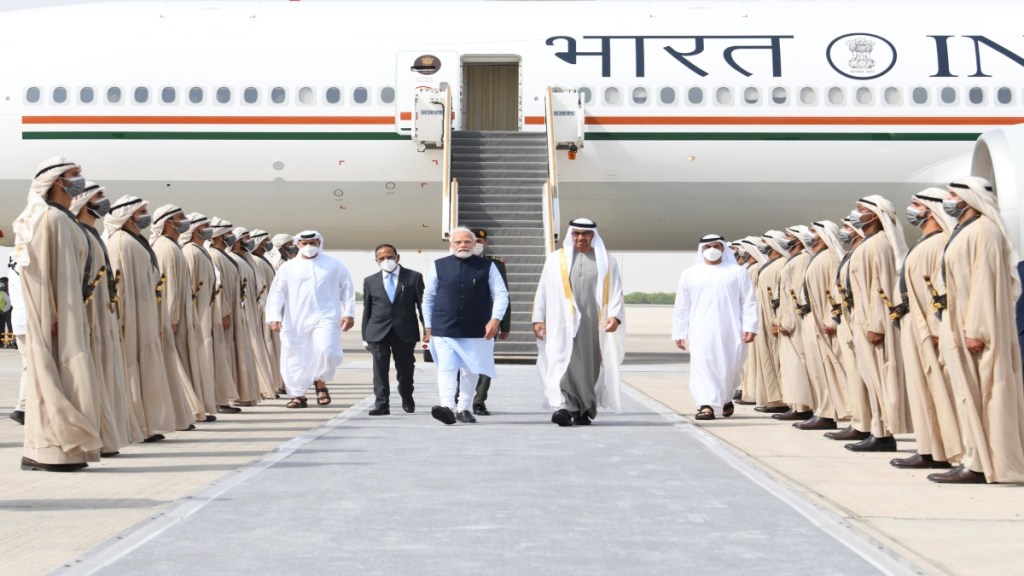Escalating geopolitical tensions in the Middle East cloud the prospects of the game-changing India-Middle East-Europe Economic Corridor (IMEC) proposal, which was announced on the sidelines of a G20 summit last September. While details of the corridor are still scant, the MoU revealed the basic outline of a ship-to-rail transit network that will supplement existing maritime and road transport routes. The MoU signed by leaders of the US, India, the European Union, France, Germany, Italy, UAE, and Saudi Arabia has not delivered on the intention to meet within 60 days to “develop and commit to an action plan with relevant timetables.” It is imperative that this proposal goes forward as it makes for compelling geoeconomics. Even if it is delayed, it should not be derailed as leading partner countries like the US get drawn deeper into the ongoing conflict between Hamas forces and Israeli army, disrupting shipping in the Red Sea, the route to and from the Suez Canal which is the quickest way for goods to transit between Asia and Europe. The Suez Canal accounts for 30% of container ship traffic.
IMEC must therefore be implemented as it meets the geoeconomic objectives of partner countries, especially India. The proposed corridor from India can deliver goods to Europe 40% faster than through the Suez Canal. Whether this is more cost-effective than India shipping goods through the Suez Canal is a different matter. But IMEC bypasses the disruption to global trade as the first leg of the route will be by ship from Indian ports to Jebel Ali in the UAE. The goods then go by rail through Saudi Arabia and Jordan to Haifa in Israel. From there, they will again be shipped to Piraeus in Greece and reach European markets. IMEC serves India’s objectives in aligning with US-led connectivity initiatives so that it positions itself as a major hub for diversified supply chains across the Indo-Pacific region. It reflects the plan to extend those supply chains to the Middle East and European markets. To the East, in partnership with Japan, India has been silently developing a corridor across the Bay of Bengal linking to Southeast Asian manufacturing hubs.
Although IMEC’s progress is predicated on the raging Middle East conflict being contained, India must be better prepared to leverage its benefits once it takes off. For starters, IMEC nodal points on the western coast line must be better aligned with dedicated freight and logistics corridors that transport containers from metropolitan growth centres like New Delhi, Hyderabad, and Bengaluru. The challenge is that these corridors do not extend to southern India. Their containers would thus have to head to Colombo in Sri Lanka via Chennai or Thoothukudi. Although Colombo is the largest transshipment terminal in the Indian Ocean, there is a need for additional capacity as its utilisation rate has exceeded 90% since 2021.
India’s port infrastructure too will have to be upgraded. Towards this end, the agreement between Deendayal Port Authority and UAE’s DP World to develop the container terminal at Kandla port is a step in the right direction. Above all, India must find ways to engage regional players like Qatar, who have not been included in IMEC. Turkey has suggested an alternative proposal to Saudi Arabia and Israel through Iraq and itself to access the Mediterranean route. Egypt also needs close attention as its revenues from the Suez Canal would be adversely impacted by IMEC.


